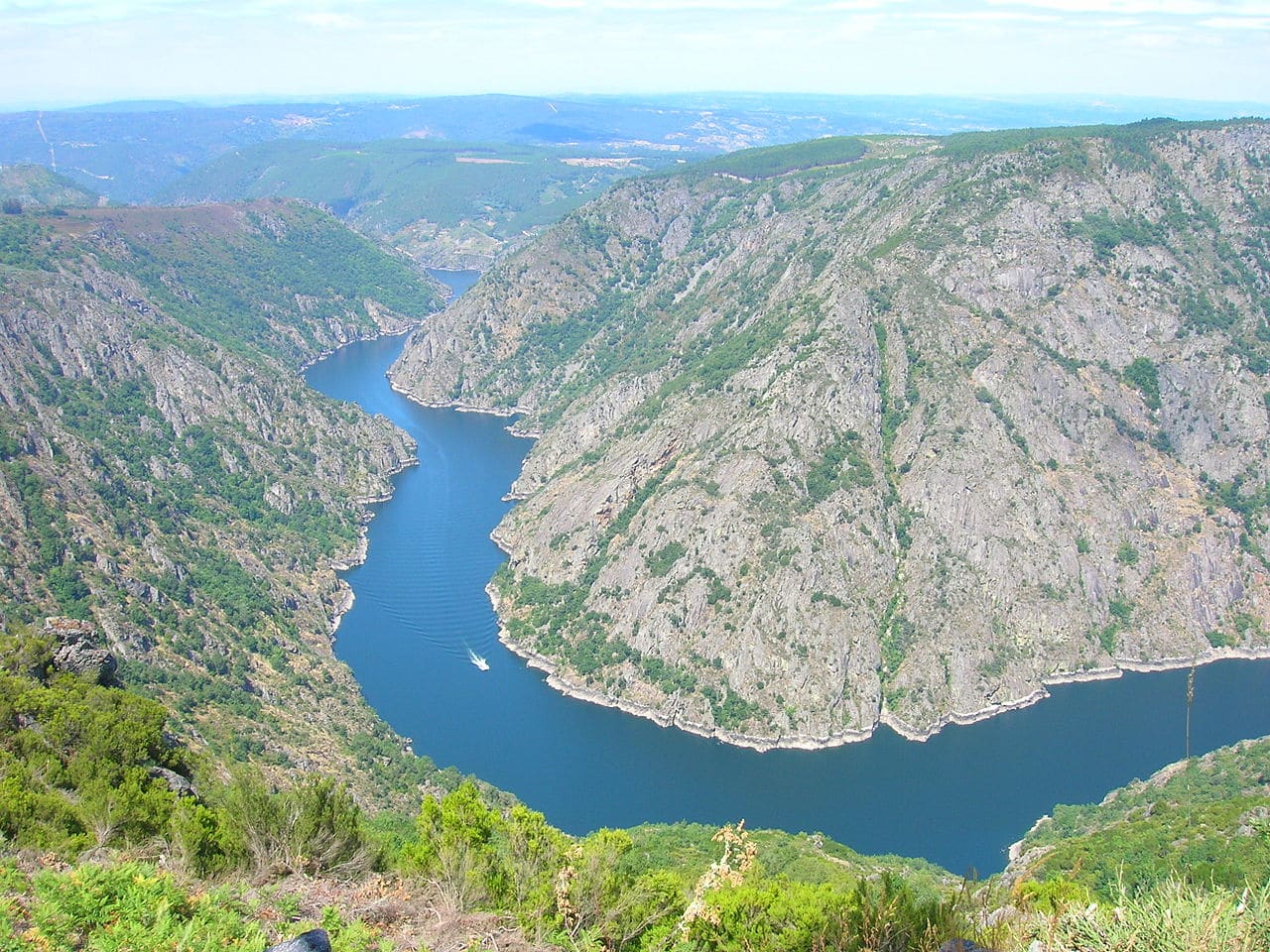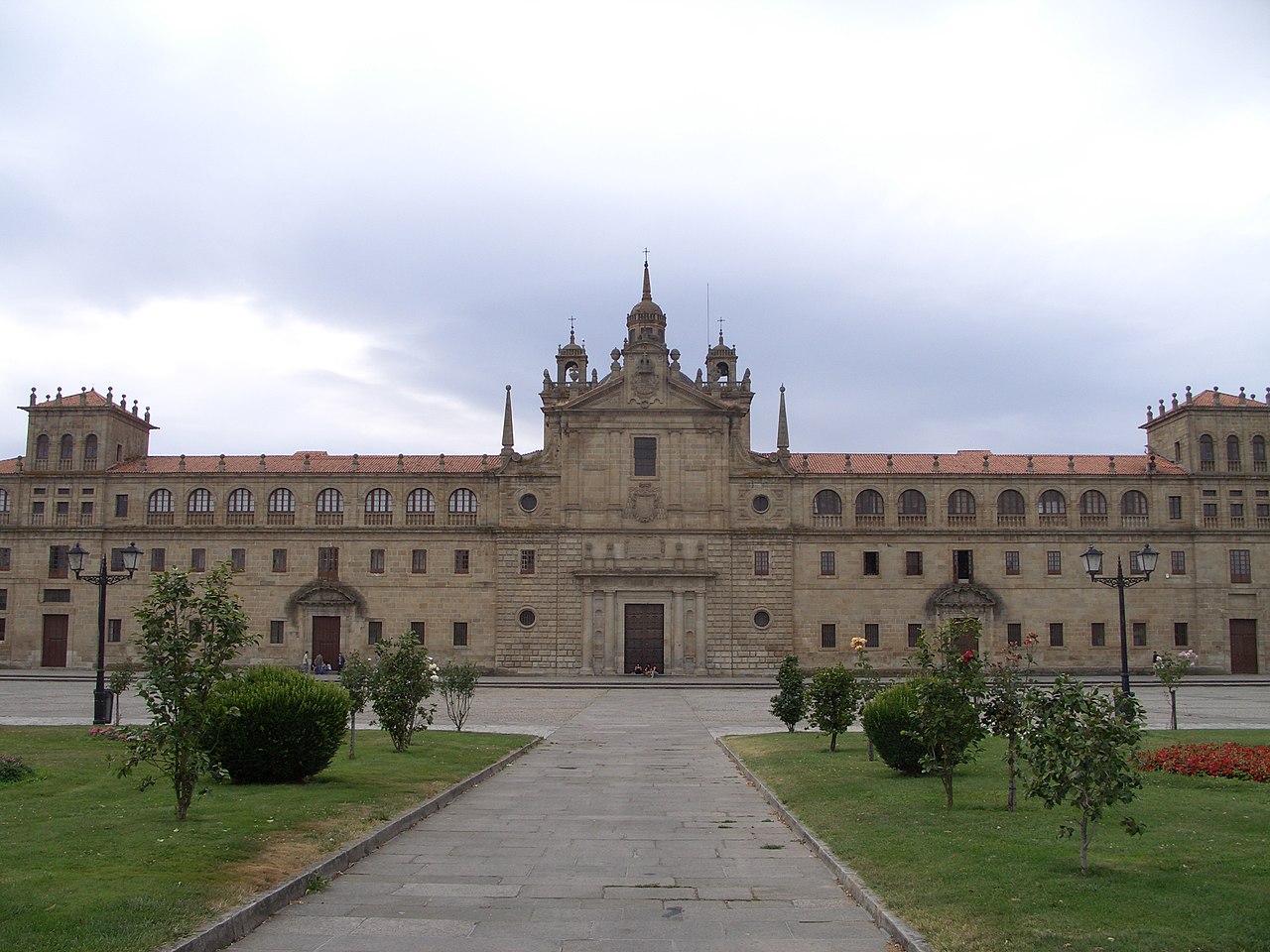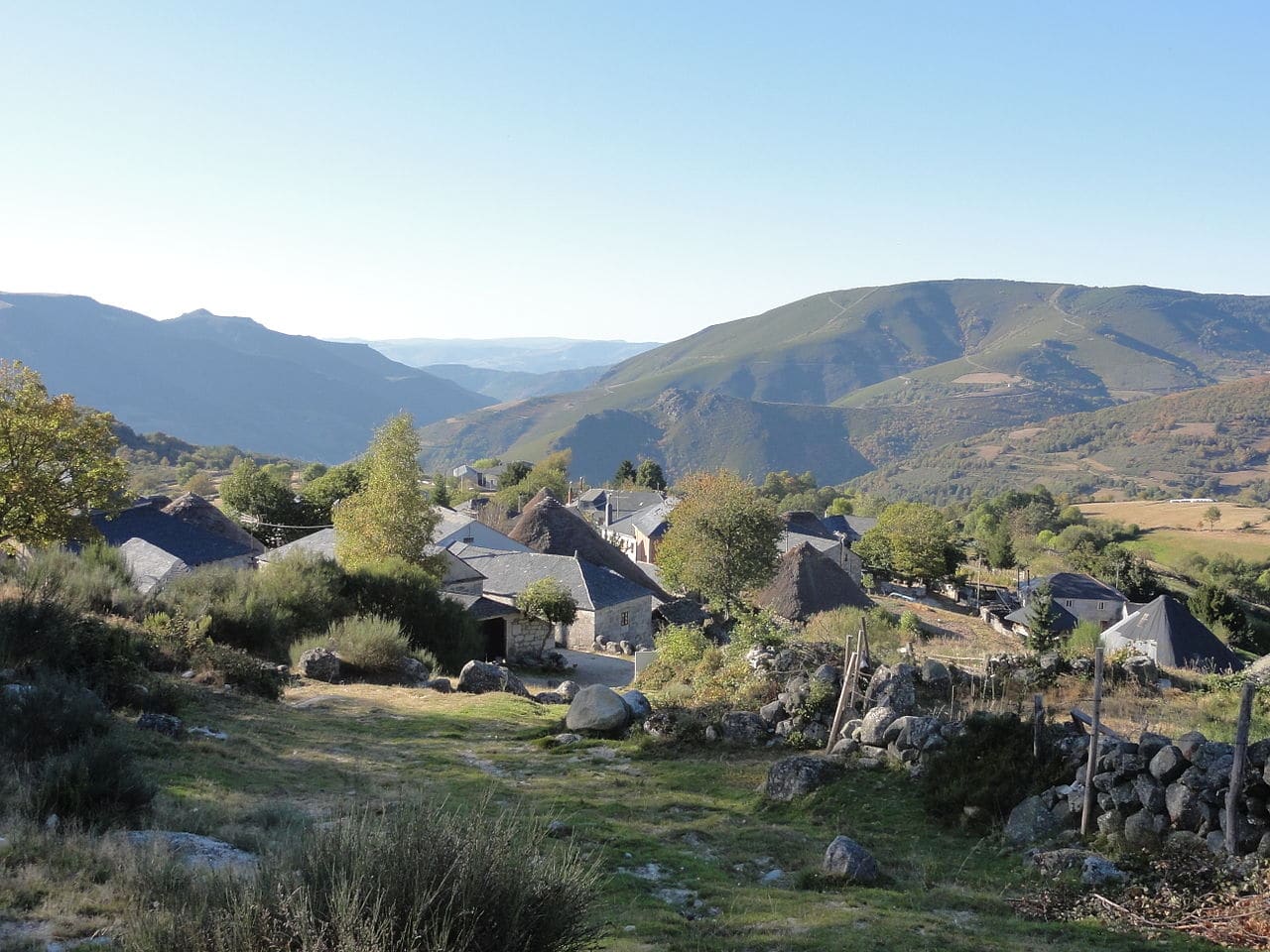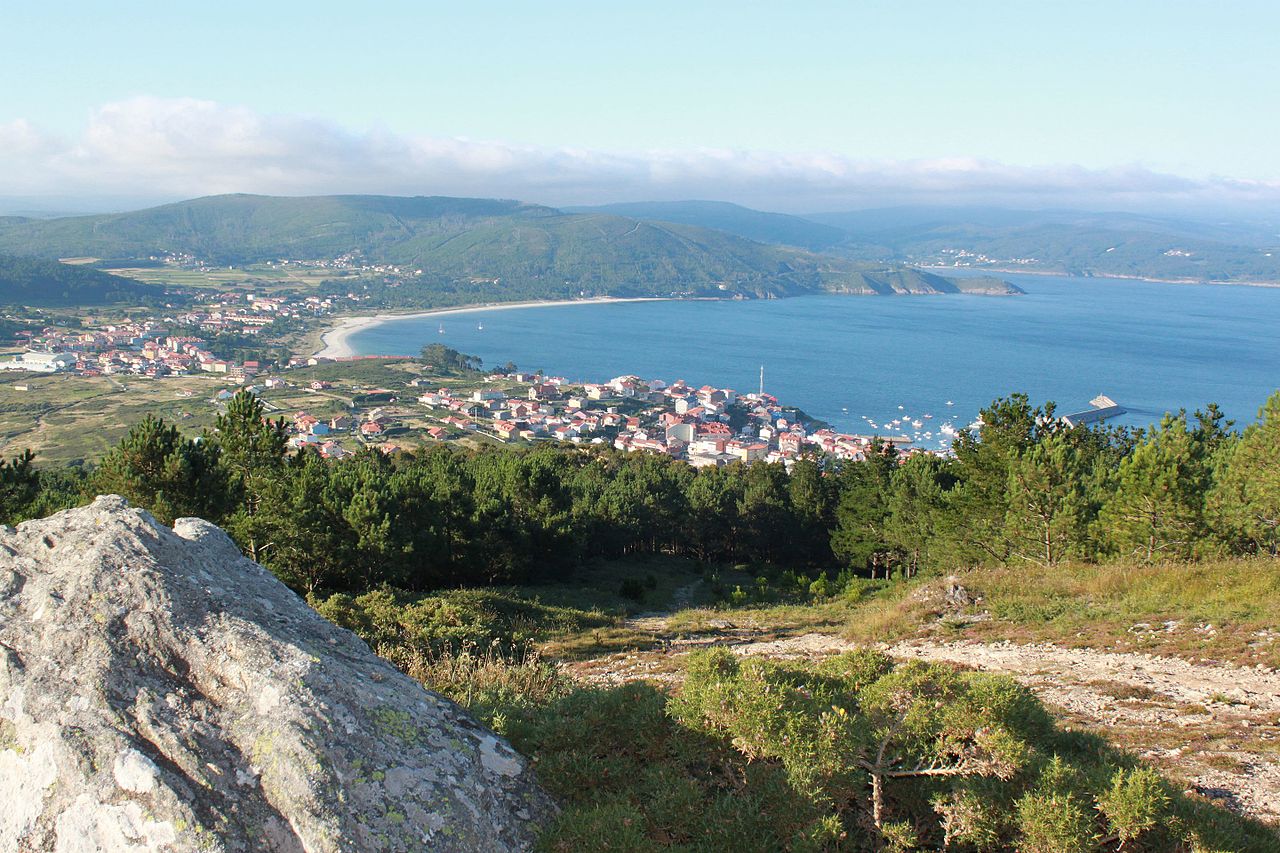
Doing rural tourism in Galicia is another way to get to know this beautiful region of northern Spain other than visiting its big cities. Because, if these are beautiful and monumental, the Rural Galicia It offers wonderful landscapes and contrasts between mountains and sea that will not leave you indifferent.
Villages located at high altitudes, beautiful fishing villages and places with their own idiosyncrasies make up everything you can find doing rural tourism in Galicia. If you are interested in our recommendations, we encourage you to continue reading.
Idyllic places for rural tourism in Galicia
We will begin our route through rural Galicia visiting the exuberant landscapes of the Ribeira Sacra and then change province and scene. Let's start our journey.
The RIbeira Sacra
As we told you, this area, located between the north of the province of Orense and the south of that of Lugo, is characterized by its imposing landscapes. Among these the Sil canyons, which frame the route of this river and also the meander of A Cubela.
The riverbed runs between huge mountain walls and you can navigate it by catamaran. But also contemplate the impressive landscape from the viewpoints enabled for this purpose.
In addition, in the area, which is also famous for its wines, you can find historical towns like Monforte de Lemos, with its extraordinary Jewish quarter and medieval town. But also with religious monuments like the monastery of San Vicente del Pino and civilians like the magnificent school of Our Lady of Antigua, baptized as "the Galician Escorial" both for its Herrerian style and for its spectacular dimensions.

College of Our Lady of Antigua in Monforte de Lemos
The Ancares
This area is located between the Navia riverbeds, in Asturias, and Sil, in Galicia. It has a wide extension because, in addition, it goes from the eastern part of Lugo until Leonese Bierzo. It is a mountainous area that has managed to preserve its traditions.
The most characteristic of them are the so-called pallozas. It is about oval or circular constructions with low walls and covered by a conical roof made with rye stalks. Its origin is pre-Roman, more specifically Celtic, and they were used as housing until the XNUMXth century.
If you want to enjoy these curious buildings, you can travel for example to The Cebrero, a Lugo village that is more than XNUMX meters high. It is the first town of the the Camino de Santiago in Galicia and its pre-Romanesque church of Santa María also stands out.
El Ribeiro, another essential visit if you do rural tourism in Galicia
This region is located in the province of Orense and has its capital in ribadavia. It is bathed by several rivers such as the Miño or the Arnoia and is also famous for its wines. In fact, you can visit one of its many wineries.
It is also a good idea to stay in one of its many spas. But it is also an area full of monuments. Among them the spectacular Trappist monastery of Santa María la Real de Oseira, whose origins date back to the XNUMXth century and whose church has the characteristic ogival Romanesque style.

The Ancares
For its part, in Ribadavia you can see the castle of the Sarmiento; the old town with remains of the Jewish quarter; the pre-Romanesque chapel of Saint Xes de Francelos and the monumental complex that make up Sanctuary of Our Lady of the Portal and Church of Santo Domingo. Finally, in the Sierra del Suido you can see other peculiar constructions: the huts. They are small stone and straw shelters that shepherds used to protect themselves from the cold.
The Mariña Lucense
As its name suggests, it covers a strip of the coast of the province of Lugo that goes from Ribadeo but also Vicero, approximately. The big star of this area is the Cathedrals beach, one of the great attractions of rural tourism in Galicia.
This natural monument is found in the parish of Devesa, belonging to the council of Ribadeo. And it is made up of a series of huge rocks with arched shapes that look like the flying buttresses present in the great Gothic temples. And also through caves and sand corridors between colossal stone blocks. If you visit it, you must go when there is low tide, since it is the best time to observe its majesty.
But the Catedrales beach is not the only attraction in Mariña Lucense. In Ribadeo you have beautiful Indian houses like the Moreno tower and estuary of the Eo estuary. For its part, in Cervo you can visit the museum dedicated to the historical Sargadelos ceramics; in Nursery is the door of Carlos V and in Xove several Celtic forts such as those of illade y Candle Box.
The coast of Death or da Morte
Already in the province of La Coruna you have another of the most charming places in rural Galicia. It is the Costa da Morte which includes the westernmost point of land in Europe. It is located in the Cape Fisterra, an impressive place that offers spectacular views of the coast itself with its rugged beaches and a unique sunset.

Death Coast
But it is also an area rich in megalithic remains such as the dolmen of Dombate and Castro de Borneiro. All this without forgetting the beautiful fishing villages that make it up. For example, Camarinas, camel, Muxia or Muxía y Bridging. In short, a territory full of myths and legendary stories that we advise you to visit.
Region of Valdeorras
We finish our rural tourism tour in Galicia in the Valdeorras region, located in the eastern part of the province of Orense. It is also a fertile land in wines, but it also has wonders like the Sierra de la Enciña de Lastra Natural Park, where you will also see prehistoric remains.
Its most important locality is The Valdeorras Ship, located in the deepest part of the Sil valley. This villa has numerous manor houses, some modernist building such as the Casino and several roman bridges like the one who crosses the river Galir. Regarding religious constructions, highlights the church of san mauro, patron of the town. In this, a wooden image of the Santo Cristo Nazareno is venerated, which, according to legend, was found in the river and could not be cut.
In conclusion, we have proposed six wonderful areas to do rural tourism in Galicia. None of them will disappoint you as they all have unique and unforgettable attractions. Dare to know these places of magical Galicia.